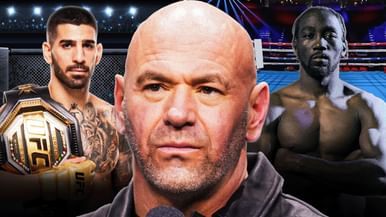#3 UFC makes better use of its ageing stars

The use of ageing fighters in MMA has been a question mark for some time now, dating back to the mid-2000’s when pioneers like Ken Shamrock and Don Frye began to reach the end of their careers. Is it better for a promotion to continue to build around the older fighters – often matching them against one another – or is it better for a promotion to treat them as they would be in pro-wrestling – basically name opponents to “put over” younger fighters?
The UFC clearly believes that the latter is the better approach, and quite often, it’s worked brilliantly for them. Legends like Matt Hughes, BJ Penn and Tito Ortiz all lost to younger fighters as they reached the end of their UFC careers – Penn continues to do so – while further down the card, ageing fighters like Thiago Alves and Carlos Condit are often matched with exciting newcomers to give the prospect a win over a big name.
Get the latest updates on One Championship Rankings at Sportskeeda and more
Bellator, on the other hand, tends to go for the former approach. This year alone we’ve seen plenty of fights that would be considered part of MMA’s “senior circuit” – Frank Mir vs. Fedor Emelianenko, Chael Sonnen vs. Rampage Jackson, and Jackson vs. Wanderlei Silva – and while they often drum up publicity for the promotion, do they really help the product?
Personally I don’t feel that they do. The fans might tune in for these big names, but Bellator’s somewhat arbitrary booking means that they don’t often pick up on the talented prospects that the promotion also houses. Basically, Bellator’s booking of its ageing fighters means that those legends are the only ones who really get any publicity.
The UFC’s use of its ageing stars is therefore far smarter – and allows them to continually build newer prospects to replace them as they retire. When Fedor, Sonnen and so on are gone, who will Bellator use to sell their shows?

MMA vs. Boxing: The Ultimate Showdown!
